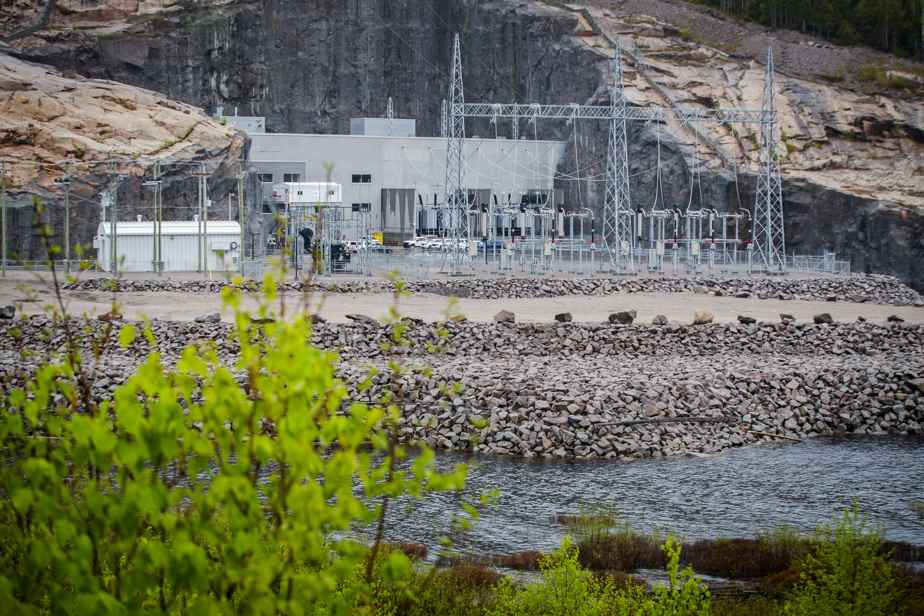Premier François Legault is convinced that other dams must be built to meet Quebecers’ need for electricity, which is prompting Hydro-Québec to pull its old projects out of the boxes and examine them in a new light to identify the hydroelectric project of the next decade.
Posted at 5:00 a.m.
There was no longer much mention of the construction of new works in the recent strategic plans of Hydro-Québec. We understand why: for at least ten years, the supply of electricity has far exceeded the needs of Quebec and accessible export markets.
That’s changing, and in her latest action plan, published last March, the president and CEO of the state corporation, Sophie Brochu, reopened the door, albeit timidly, to the construction of new hydroelectric power stations for the first time since the launch of the La Romaine project in 2009.
“Depending on how demand develops, we may therefore need new hydropower generation capacity in the future,” the document reads.
Despite this openness, it is quite clear that the management of Hydro-Québec favors other options. Adding turbines to existing facilities, increasing the use of wind power and improving energy conservation programs are avenues that should be taken first, according to Hydro.
Not a $1 store
Again this week, Sophie Brochu has seen fit to put caveats on the new dams that François Legault wants to see rise from the ground as soon as possible. “In the short and medium term, we will not trigger new construction,” she said in an interview with the Newscast of Radio Canada.
Above all, it is necessary to avoid, according to her, rapidly increasing production to accommodate industrial customers who want to pay electricity as cheaply as possible. “We will not become the dollar store of electricity in the world,” she illustrated.
But if, pressed by the government, Hydro-Québec were to launch the construction of a new power station, it would draw from a short list of projects already considered and relegated to oblivion.
There are five, which were last reviewed in 2002, 20 years ago. They are all located in northern Quebec, at considerable distances from consumption centers. If these projects totaling the addition of nearly 8,000 megawatts to the Hydro-Québec network were discarded, it was because they were considered costly and difficult to carry out due to social and environmental constraints.
These constraints had also pushed Hydro-Québec towards the natural gas sector. An agreement had been reached with TransCanada Energy, which built a gas-fired power plant in Bécancour that was never used to supply Quebec and whose costs were nevertheless assumed by Hydro-Quebec.
The state-owned company wanted to build an 800-megawatt gas-fired power station in Montérégie itself, a project known as Le Suroît which was abandoned due to widespread public opposition. Hydro-Quebec’s intention to renovate the Gentilly-2 nuclear power plant to extend its life by at least 25 years has also been abandoned due to lack of social acceptability.
After several years of surplus and the addition of 4,000 megawatts of intermittent wind power, the time seems to have come for Hydro-Québec to increase its production capacity. Due to the energy transition, the state-owned company estimates that production capacity should increase by 50% by 2050.
Quebecers should expect to see their electricity bill increase, has already warned Sophie Brochu. New dams, for example, will cost three to four times more than historic ones, she said this week.
Hydro-Québec’s last major hydroelectric project, the La Romaine complex, which is still under construction, cost $8.5 billion.

